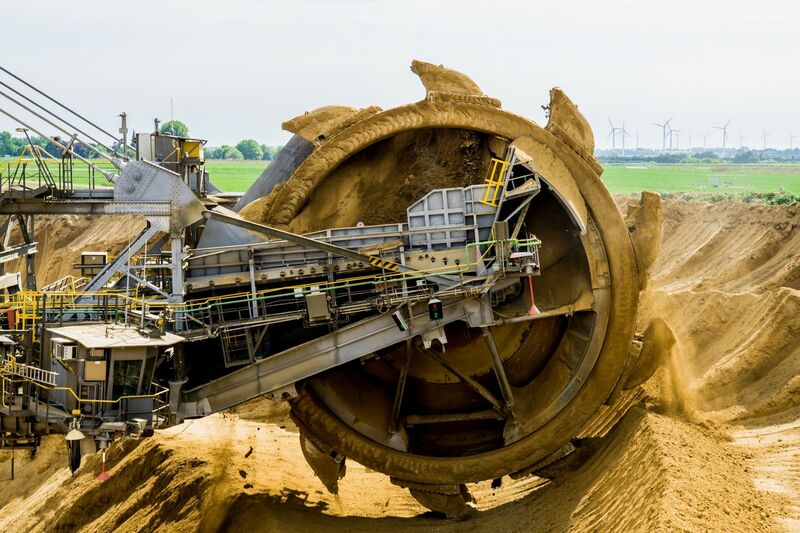
Most investors are not even aware that the strategic metal antimony exists, much less its uses.
Antimony strengthens metal in munitions, and is used in batteries, solar panels, and wind turbines. From semiconductors and printed circuit boards to the glass in our cell phones, we use antimony every day without knowing it.
The metal therefore plays an important role in both our defense and energy industries. Recent studies point to antimony playing an even more substantial role in the development of battery storage technology needed for the green energy transition.
The Antimony Supply Squeeze
Prices for antimony are rising to record highs as solar industry demand outstrips supply, causing a wide deficit with little sign of easing. The surge in prices, which is expected to persist for the foreseeable future, underscores our vulnerability in relying on the top producer, China.
Antimony ingot prices in China climbed to a record $17,588.88 per metric ton on May 29, up 56% in 2024, data from the Shanghai Metals Exchange showed. European prices have also climbed to a record $21,000 a ton, up 75% this year, Fastmarkets data showed.
China accounted for 48% of global antimony mine production last year, U.S. Geological Survey data showed, although its reserves fell to 640,000 tons, down from 950,000 tons in 2012.
In addition, antimony supplies from Russia - the world's fifth-largest producer - have been disrupted by Western sanctions over its invasion of Ukraine. Overall, China, Russia, and Tajikistan control 90% of the world’s supply of antimony.
Globally, declining ore grades and depleting mines are squeezing antimony supply. Outside of China, there are supply disruptions in Myanmar, Vietnam, Oman, and Tajikistan.
On the demand side, increasing demand for arms and ammunition, due to wars and geopolitical tensions, is likely to lead to even more need of antimony ore.
And the forecast is for antimony demand from the photovoltaic sector, where the metal is used to improve the performance of solar cells, will increase to 68,000 tons in 2026 from 16,000 tons in 2021, with the sector's share in total consumption rising to 39% from 11%. That would lead to the supply gap expanding to 21,000 tons by 2026 from 8,000 tons in 2023.
Bringing more supply online, as stated earlier, will take years. Although the U.S. government is making an effort to find new sources of antimony, since the U.S. has no mined source of antimony in production currently.
Why Perpetua Resources Stock?
Most of those efforts center on a company called Perpetua Resources (PPTA).
In April, Perpetua Resources received a letter of interest from the U.S. Export-Import Bank for a loan up to $1.8 billion. The monies will be used to develop its antimony and gold (GCQ24) mine in Idaho.
In addition, antimony is so important to national defense that the Defense Department committed nearly $60 million to fund the mine’s permitting process, which has lasted eight years, to boost U.S. production for bullets and other weaponry.
The Pentagon needs antimony trisulfide, which is derived from a high-purity form of antimony. Antimony trisulfide (stibnite) is an essential component in hundreds of munition types, including primers for small and medium caliber munitions, mortars, artillery, mines, flares, grenades, shoulder launched munitions, and missiles.
Here’s the key point…
Located within the abandoned Stibnite Mining District, Perpetua Resources' Stibnite Gold Project is one of the largest economic reserves of antimony not controlled by China. The Stibnite Project will provide the United States its only mined source of antimony and could satisfy about 35% of U.S. antimony demand in the first 6 years of production and fulfill long-term U.S. defense needs.
The Mining District has a rich history of gold mining, as well as mining for antimony and tungsten. Here’s a quote from the U.S. Senate Congressional Record in 1956: ““In the opinion of the Munitions Board, the discovery of that tungsten mine at Stibnite, Idaho in 1942 shortened World War II by at least 1 year and saved the lives of a million American soldiers.”
And now it looks like this old mining district is coming to the rescue again.
Perpetua is totally rehabilitating the site, including environmentally, spending a billion dollars.
Here are the specifics on the metals reserves at Stibnite:
- The Stibnite Gold Project would be the 4th largest U.S. gold operation by grade, and likely produce between four and five million ounces of gold.
- The Stibnite Gold Project would be the only domestic source of mined antimony. It’s expected to produce about 115 million pounds. The U.S. uses roughly 56.7 million pounds of antimony each year, much of which comes from China.
Some investors have already spotted the opportunity. The stock is up about 68.5% in the past year and 107% year-to-date! However, PPTA is down around 7% from its peak, thanks to the Wall Street selloff of anything commodity-related recently.
The U.S. government’s blessing is good enough for me. PPTA stock is a buy at the current price around $6.83 a share.








